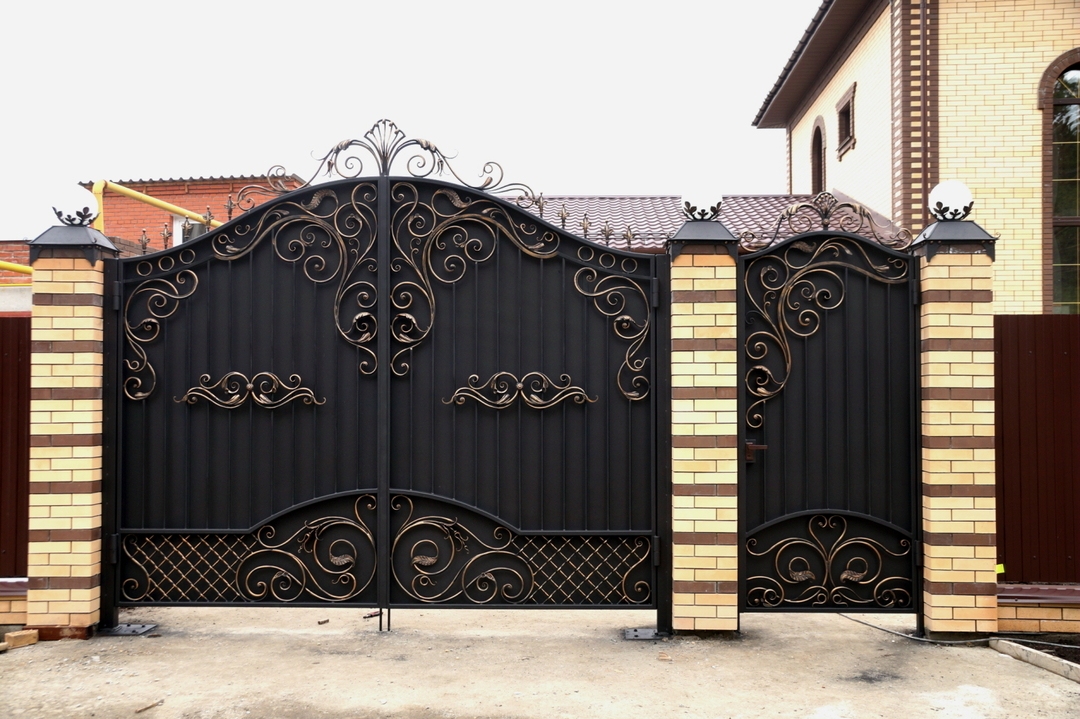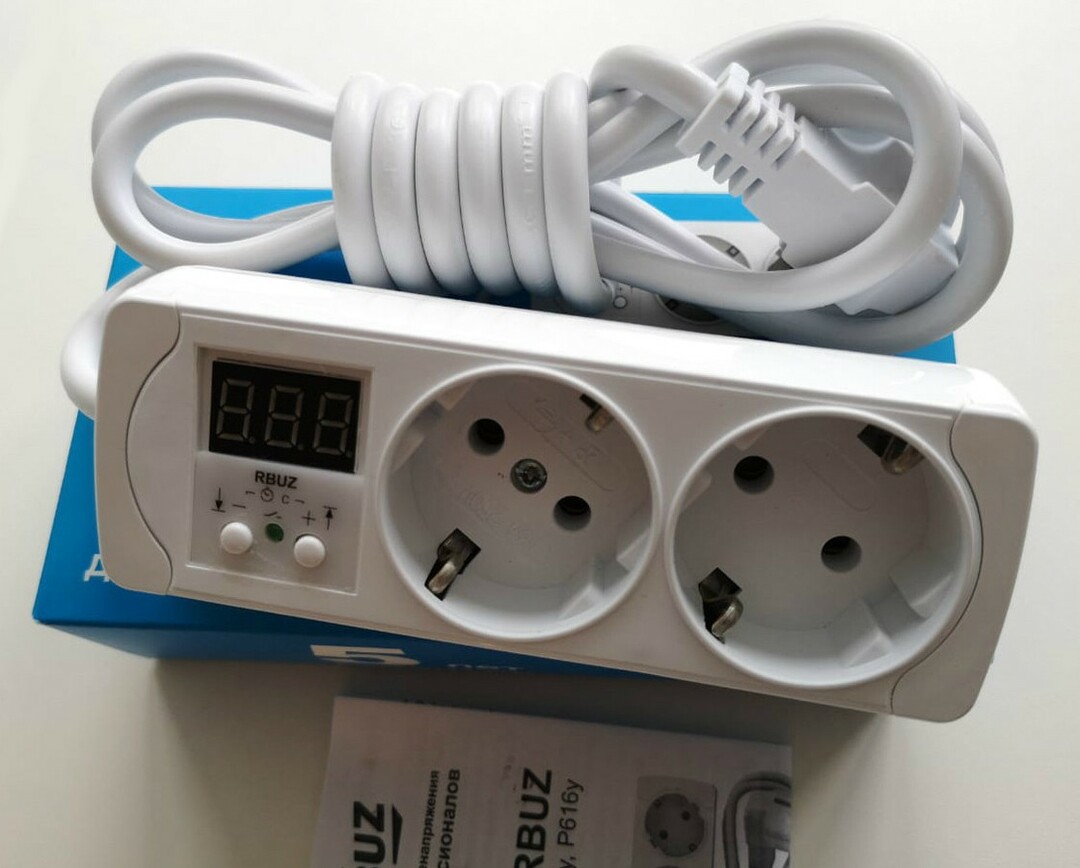Say, laying fiber optic cable on the ocean floor cost the Anglo-French concern Alcatel billions of dollars. One vein of glass 125 microns thick can provide hundreds speed terabit / sec. Clearly, the order is wanting to link continents. We can not say that the connection be too reliable. In 2011, the news reported: one grandmother left without internet country. Let's see…

Optical cable
The transmission of information via fiber-optic cable
Pensioner from Georgia looking for copper... ran into a cable of the local telecommunications company. Boarding lost a large part of Georgia, Armenia almost completely. Modern optical fiber is capable of great feats. The first studies began in the mid-19th century, the following is presented to the public a number of inventions:
- Gastroscope through fiber developed in 1956 by the University of Michigan.
- In 1963, Junichi Nishizawa first applied to an optical fiber connection.
- The first workable optic communication line shown in 1965 by Germany.
- The first fiber optic cable with an acceptable damping developed employees STC Charles K. Kao, George Hokem. Awarded the Nobel Prize. Scientists have raised the purity of glass, showing ways to improve the parameters of the adjustment processes.
Transmission of information via cables exploits the ability of light pereotrazhatsya inner walls. Inside is a large part of the energy. Process total reflection on the edge window begins at an angle of 38 degrees. Signal decays slowly. Alcatel Group uses repeaters to maintain the level. Each weighs half a ton. You can imagine how difficult the laying of fiber optic cable seabed.
Initially, the segment length of 4000 km is loaded on the ship three weeks. The process takes place at a speed of 100 meters per minute. Inside the huge working compartment laid cable rings around a vertical steel rod, the layers on the basis of the coil. It takes a few people, the weight of the product is relatively high. Each cable is formed by a plurality of interwoven strands of glass, on top of the wiring is covered with a steel screen, gives the product strength.
For the production of cables designed production line. The next screen of the strip recoiling semicircle inside the fiber is laid lived. The design is drawn through a series of steel rollers of decreasing caliber, manufacturing cycle resembles copper cables. He passed along the seam welding, cable ready. It remains to cover the damp-proof membrane. The cable can withstand enormous loads, the same kind of tests are any products. In Russia, according to the standards, glass hair withstands tensile strength of 7 kg.
Methods of joining the optical cable
Methods of laying fiber optic cables will be informed of the new little traditional, different docking methods. The main requirement here is the absence of mechanical damage. If the fiber is scratched, some of the energy will be lost. The connection quality is characterized by loss value in dB. Figures who reached 0.4 dB is considered marriage joint. Good weld indicator provide 0.01 dB. To withstand tough requirements issued special equipment manufacturing operations. Today, following a proliferation of ways of connecting optical cables, connectors, mounting.
Welding
It is the easiest way, subject to any type of fiber optic cable. which parameters are crammed into a software module on the device. Visiting the menu, the technician selects the desired type. a similar procedure.

welding cable
To find the beginning of the sleeve (CRSS) on fiber optic cable suitable thickness. Insulation trimmed for a couple of centimeters. Kevlar is removed (if any). After living fired welder special gripper. It is necessary to get rid of completely isolated. End is trimmed (breaks off) cutter (structurally a part of the machine). Helps cross section become perfectly smooth. Alternately processed both ends, one put on heat-shrink sleeve.
The welding process takes a matter of seconds, for the quality control unit can transmit video (do not like it - change it). The value in dB Connection loss appears. Hundredths of.
mechanical connections
Possess dignity versed n-Noe number of times. For the execution of works acquired a special coupling, without tools is difficult to do: we'll have to clean up the insulation on the specified distance (tens of mm). After the tips are cut precisely using the tool resembling a glass cutter. The ends are inserted into the sleeve, clamped. Installation is considered ended. One use for coupling optical fiber lived different diameters by using special inserts transition. It changes a little minutiae of preparation process.
connectors
At the entrance junction boxes when connecting equipment users increasingly using connectors. Special connectors exhibit great loss, allowing an infinite number of times to change the switching. Each firm has its own technology. Giganet designed instruction, accessory specialized tools.
- Stripping cable - art. At this length are removed outer insulation sheath, the inner layer is trimmed (to core).
In the latter case we must act carefully, freeing up the glass from the excess centimeters of material. It is important not to break the wire, do not break off. The slightest scratch increases losses through the walls. fragments of glass splinters easily skin.
- Scraping is over, it is time to dress insulators, the connector housing. Central strand deliberately dragged by a wide margin.
- Connector fill with compound that are provided as through the central hole is not proklyunetsya small droplet. It is important not to overdo it, do not combine outer, inner circle coaxial.
- Lubricated bearing fiberglass hardener. Docking is done quickly, the mixture did not have time to grab.
- After a glass cutter (sold by Giganet) lived incision, it breaks off with a small margin.
- The process of polishing cloth small size. For quality control serve a microscope. If detected cleavage below the surface of the connector contact, work is to start over. Grinding is carried out, until the surface is perfectly flat.
- Followed by lapping procedure, the product can be used.
How to lay fiber optic cable
Inside the entrance, houses the optical cable is laid, following the usual rules. The surface of the fireproof, is used for mounting packing tape, engraved on the dowel-nails. In fact, the cable is equal to the connected wires. Let's try to assess the suitability!
- Optic cables in the ground (earth) is provided with a special marking. There is the letter H after OK (fiber optic cable). Some optical cabling rules, method of marking specified GOST R 52266.
- Optic cable for internal wiring is marked with the letter C.
- Optical cable for outdoor installation as such does not exist. The range includes underwater (H), air (B), Field (n) cables.
- Highly flexible cords are marked with the letter S. It can be bent, forgetting restrictions.

Preparation for laying cable
Laying, installation of optical cables are conducted according to the fire risk. If the braid is made taking into account the characteristics, labeling letters added:
- NG - flame retardant.
- LS (low smog) low smoke emission, gas in combustion.
- HF - Activity reduced corrosive combustion products.
- FR (fire resistance) - increased fire resistance.
Handy, use the rules of honor in the second section 6 of the SAE. Who is not in vogue, table 2.1.2, 2.1.3, contains information that give a live performance, as they keep mounting. It is an electrician who doubt ask - not watched the burning of fiber-optic cables for outdoor installation? At a certain resonant power it begins the process by which the energy density so high that the temperature reaches 10,000 degrees. Enough to start a fire.
Although one thin glass hair can provide internet area, do not forget: the fiber-optic cables for internal wiring poorly understood. While the first telephone network in Moscow earned in 1986, the last out of date (1949) were removed in 2011. Fire phenomenon in fiber-optic cables have not even been investigated, although providers polls have moved to the technology. You see, a single standard for the installation of not even there. GOST entirely refers to the recommendations of a more narrow specifications. It was so regulated operating temperature, the minimum bending radius, operating conditions. Even the tools are not listed, domestic developments is extremely small, each firm bends the line.

Laying of the trench
Installation should be read separately Guidelines for laying, installation and commissioning of fiber-optic communication lines. To avoid noise, the cable is laid inside a tube IPA with internal diameter of 25 mm, the external - 32 mm. It is not allowed to pull a number of connected network of copper. Allowed laying of optical cables in ducts series (number 5-6). If necessary, in the future dokladki copper communication cables should be used HDPE pipe is better to provide an option to make, as it is written above. Requirement applies to the portions longer than 2 km.
The standard specifies what preceded laying fiber optic cable connection:
- According to the text, HDPE pipe comes bays. Using the fact we can say good whether lying on the counter.
- If the pipe is under the fiber-optic cable is stuck in the channel between the wells, you need to crank out a few times.
- Pruning is carried out in the trench, leaving the stock. Then, at the channel inlet pipe clamp is contracted, it is held in place.
Other rules about laying in the ground of a similar kind. Look homegrown, but the laying of fiber optic cable in the sewers is transformed into a series of simple duty tasks. Installation can also look into the SNIP 3.05.07. Is a section dealing with of routing fiber optic cable in the building. It indicates that the distance between the fasteners is less than one meter, and at angles of passage on each surface line being targeted to the wall.
old documents. Nowhere is it stated that the fiber optic cable outdoor installation can be followed through the air. Released a long time self-supporting species. Some chapters of the fiber-optic cables are still relevant today.


